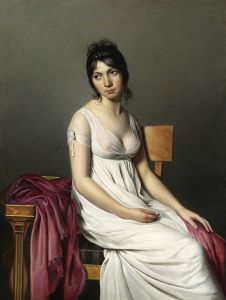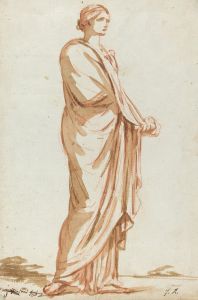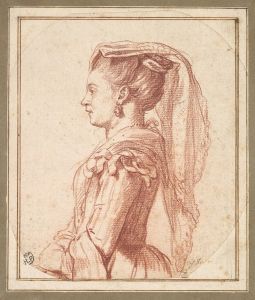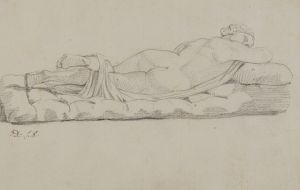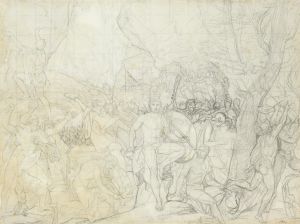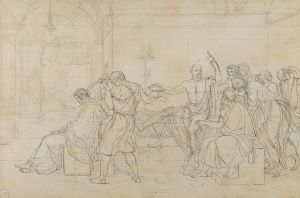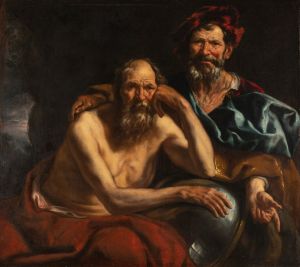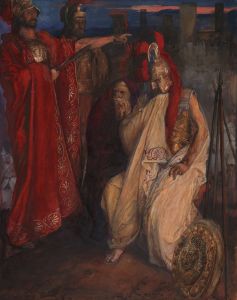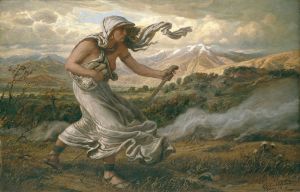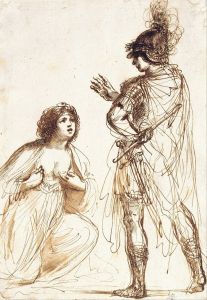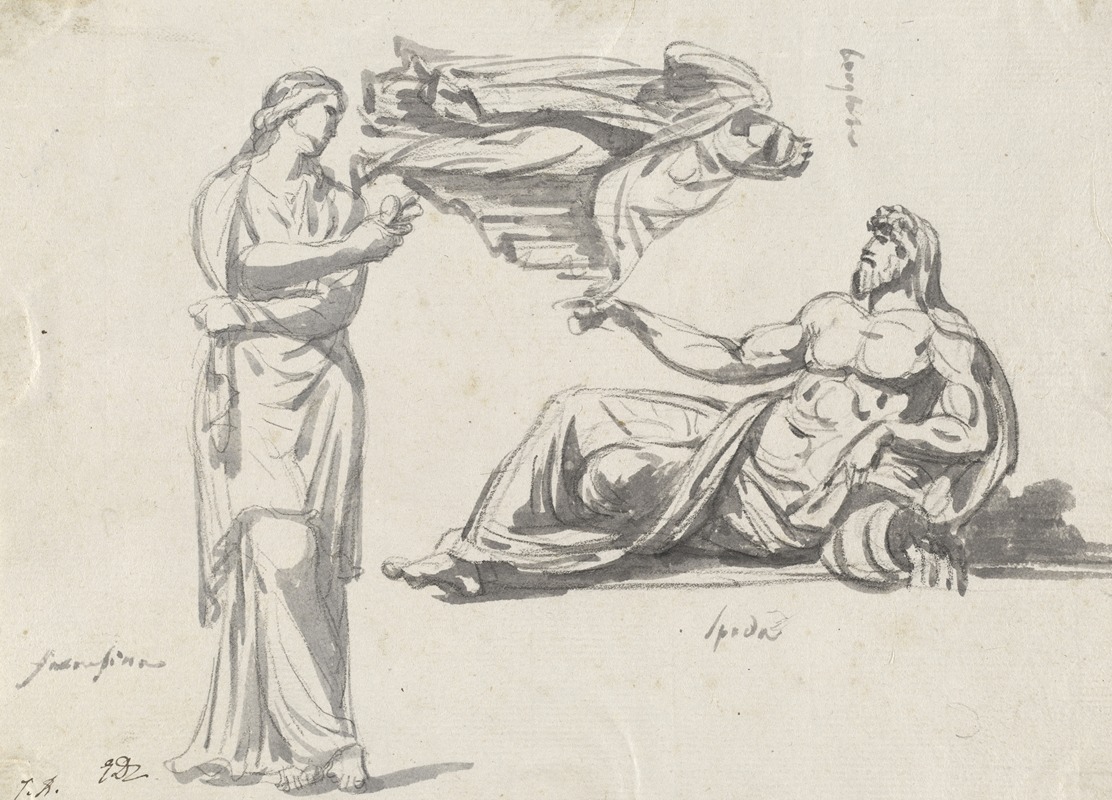
A River God and Two Classical Sculptures
A hand-painted replica of Jacques Louis David’s masterpiece A River God and Two Classical Sculptures, meticulously crafted by professional artists to capture the true essence of the original. Each piece is created with museum-quality canvas and rare mineral pigments, carefully painted by experienced artists with delicate brushstrokes and rich, layered colors to perfectly recreate the texture of the original artwork. Unlike machine-printed reproductions, this hand-painted version brings the painting to life, infused with the artist’s emotions and skill in every stroke. Whether for personal collection or home decoration, it instantly elevates the artistic atmosphere of any space.
"A River God and Two Classical Sculptures" is an artwork by the renowned French painter Jacques-Louis David. David, a highly influential figure in the Neoclassical movement, is best known for his historical and mythological subjects, which often reflect the ideals of the Enlightenment and the French Revolution.
This particular painting, "A River God and Two Classical Sculptures," is a lesser-known work within David's extensive oeuvre. The painting depicts a serene and balanced composition featuring a river god and two classical sculptures, which are emblematic of David's fascination with classical antiquity and his meticulous attention to detail.
Jacques-Louis David was born on August 30, 1748, in Paris, France. He studied at the Royal Academy of Painting and Sculpture and won the prestigious Prix de Rome in 1774, which allowed him to study in Italy. During his time in Rome, David was profoundly influenced by the art and architecture of ancient Rome and Greece, which significantly shaped his artistic style.
David's work is characterized by its clarity of form, sober colors, and strong emphasis on linearity. He often drew inspiration from classical themes and sought to convey moral and civic virtues through his art. His paintings frequently feature heroic figures and dramatic narratives, rendered with a sense of grandeur and idealism.
In "A River God and Two Classical Sculptures," David's mastery of classical forms and his ability to create a harmonious composition are evident. The river god, a common motif in classical art, is depicted with a sense of calm and majesty, while the two sculptures add to the overall sense of balance and order in the painting. The use of light and shadow, as well as the precise rendering of anatomical details, showcase David's technical skill and his deep understanding of classical art.
Throughout his career, David played a significant role in the political and cultural life of France. He was an active supporter of the French Revolution and served as a court painter to Napoleon Bonaparte. His works from this period, such as "The Death of Marat" and "Napoleon Crossing the Alps," are among his most famous and continue to be celebrated for their historical significance and artistic excellence.
While "A River God and Two Classical Sculptures" may not be as widely recognized as some of David's other masterpieces, it remains an important example of his dedication to classical ideals and his contribution to the Neoclassical movement. The painting reflects David's commitment to reviving the art of antiquity and his belief in the power of art to inspire and educate.
Jacques-Louis David's legacy as one of the greatest painters of his time is firmly established. His influence extended beyond his own work, as he trained a generation of artists who continued to propagate the principles of Neoclassicism. David's paintings, including "A River God and Two Classical Sculptures," continue to be studied and admired for their technical brilliance and their embodiment of the ideals of their time.






